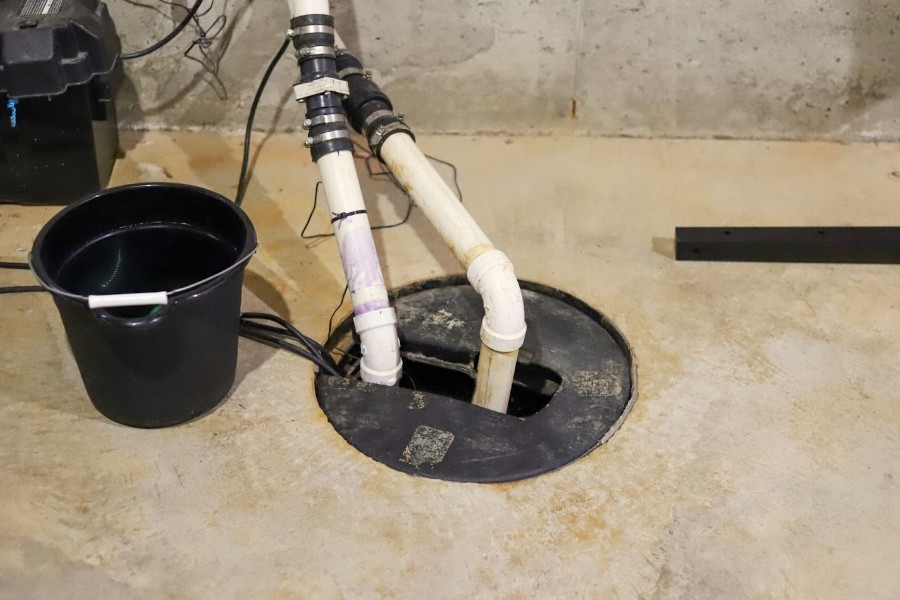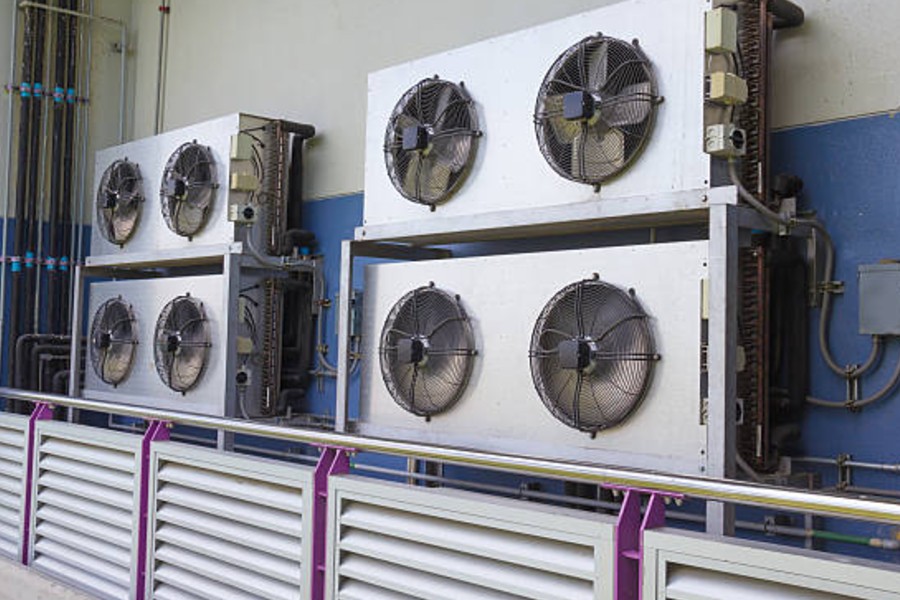
A sump pump plays a significant role in keeping your basement dry by removing excess water that could lead to flooding.
However, over time, the drain line of your sump pump can become clogged with debris, dirt, or other materials, causing the pump to stop working efficiently. When your sump pump’s drain line gets clogged, it can quickly turn into a serious problem for your home. A blocked drain line prevents your sump pump from effectively removing water from your basement, potentially leading to flooding and expensive water damage.
Understanding how to unclog a sump pump drain line is an essential skill for homeowners, especially during rainy seasons or in areas with high water tables.
Why Sump Pump Drain Lines Get Clogged
Sump pump drain lines can become clogged for various reasons, and understanding these causes helps prevent future blockages. Common causes include:
- Debris accumulation
- Frozen pipes during winter
- Mineral buildup
- Root intrusion
- Improper installation
If your sump pump isn’t pumping out water as it should, it’s important to check the drain line right away. A simple clog could be the reason, and unclogging it timely can save you from much bigger problems down the line.
What Are the Signs Your Sump Pump Drain Line Is Clogged?
Recognizing the early warning signs of a clogged drain line can help you address the problem before it leads to basement flooding. Here are key indicators to watch for:
Unusual Noises
If your sump pump makes strange gurgling, bubbling, or struggling sounds, it might be fighting against a clogged drain line. These noises often indicate that water isn’t flowing properly through the system.
Slow Drainage
When water takes longer than usual to drain from your sump pit, it’s often a sign of a partial clog in the drain line. If you notice this issue, it’s important to address it promptly before it becomes a complete blockage.
Frequent Cycling
Your pump turning on and off more frequently than normal could indicate a drainage problem. If you’re experiencing issues with your sump pump not working correctly, consider hiring a professional to inspect and clean your sump pump system regularly.
For more information on sump pump troubleshooting and maintenance, check out this guide on sump pump not working from Michigan Basements to keep your sump pump in optimal condition. Regular maintenance and immediate attention to warning signs will help keep your sump pump system working efficiently year-round.
How to Unclog Your Drain Line?
Unclogging a sump pump drain line is manageable with basic tools, but caution is essential. Follow these steps to fix it, and consult a professional if necessary:
Step 1: Turn Off the Power to the Sump Pump
Before you start working on your sump pump, make sure to turn off the power. This is an essential safety step to avoid any electrical accidents. Locate the sump pump’s power source, usually a plug or a breaker, and turn it off completely.
Step 2: Inspect the Discharge Pipe
Check the discharge pipe connected to the sump pump, as this is where the water flows out. Sometimes, the clog might be in this pipe, and clearing it could resolve the issue. Look for any visible obstructions, such as leaves, dirt, or other debris. You can use a garden hose to flush water through the pipe to help dislodge any small clogs.
Step 3: Remove the Drain Line
If flushing the discharge pipe doesn’t work, the next step is to remove the drain line for a closer inspection. The drain line is typically a PVC pipe connected to the sump pump. Use a wrench to loosen the clamps and disconnect the line. Be sure to have a bucket or towels nearby to catch any water that might spill out.
Step 4: Clear the Clog
Once the drain line is disconnected, you can use a plumber’s snake or a long piece of wire to remove the clog. Slowly insert the snake or wire into the drain line and twist it to grab any debris. Once you feel resistance, gently pull out the clog. Continue this process until you’ve cleared the line completely.
Step 5: Flush the Line
After you’ve removed the clog, it’s important to flush the drain line to ensure it’s completely clear. You can use a garden hose to run water through the pipe, making sure that it flows freely without any backups. If the water runs smoothly, you’ve successfully unclogged the line.
Step 6: Reconnect the Drain Line and Test the Pump
Now that the drain line is clear, reconnect it to the sump pump. Tighten the clamps securely, then restore power to the sump pump. Test the pump by pouring water into the sump pit. If the pump starts up and the water drains properly, you’ve fixed the clog.
How to Prevent Future Clogs?
To safeguard your plumbing system, take proactive steps. Establish regular maintenance, including monthly checks, quarterly cleaning, and annual professional inspections, especially during heavy rain seasons. Ensure proper installation with correctly sloped drain lines, suitable pipe materials, necessary venting, and secure support.
Besides, protect your system with grated covers, filters, pipe screens, and heat tape for winter, preventing clogs, damage, and costly repairs.
Conclusion
Unclogging a sump pump drain line is an important task to keep your sump pump working efficiently and prevent water damage in your basement. By following these simple steps, you can clear clogs on your own and save yourself the headache of a flooded basement.
However, don’t hesitate to call a professional if the clog is severe or if you’re unsure about handling the problem yourself. Regular maintenance and prevention will go a long way in ensuring your sump pump continues to protect your home from flooding.
Become a Harlem Insider!
By submitting this form, you are consenting to receive marketing emails from: . You can revoke your consent to receive emails at any time by using the SafeUnsubscribe® link, found at the bottom of every email. Emails are serviced by Constant Contact








